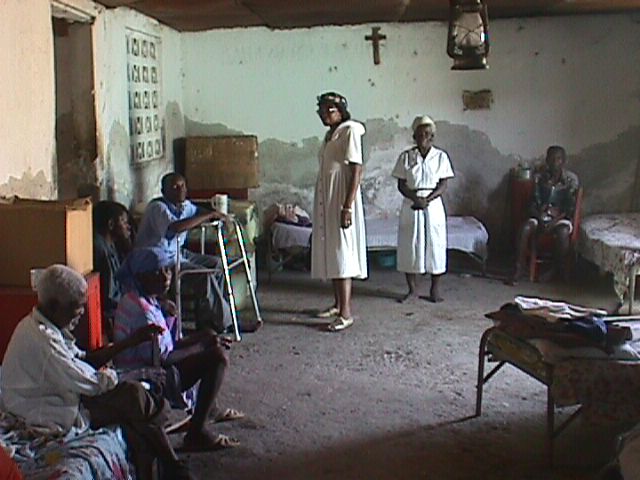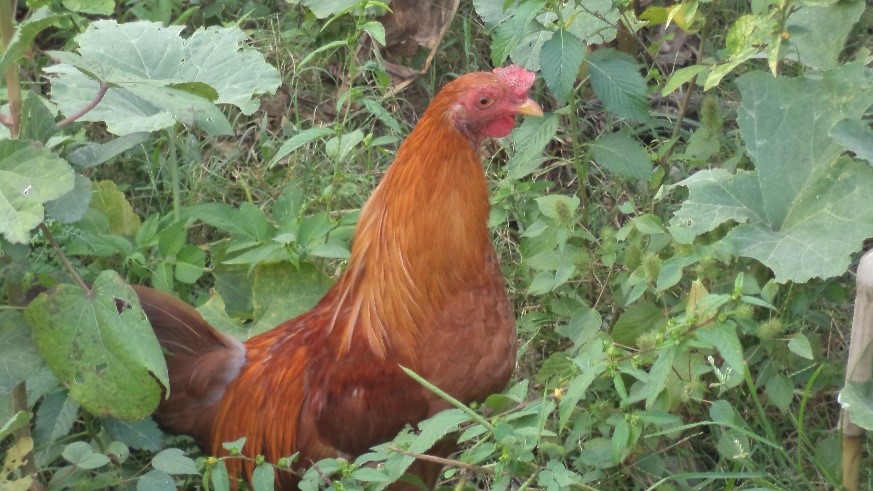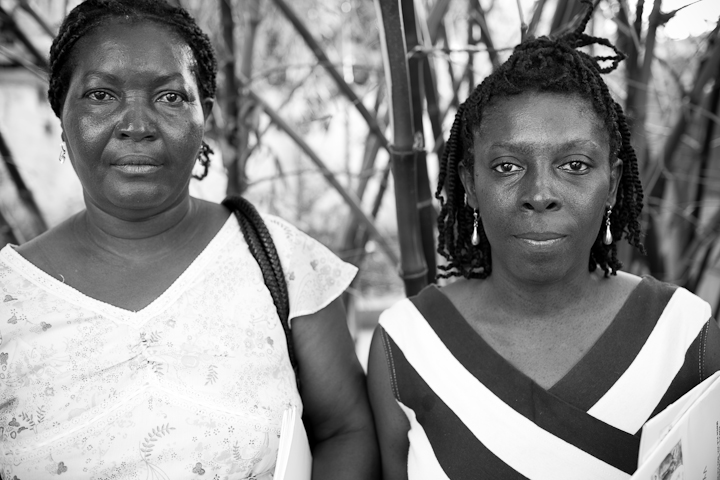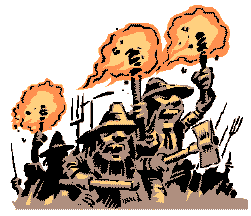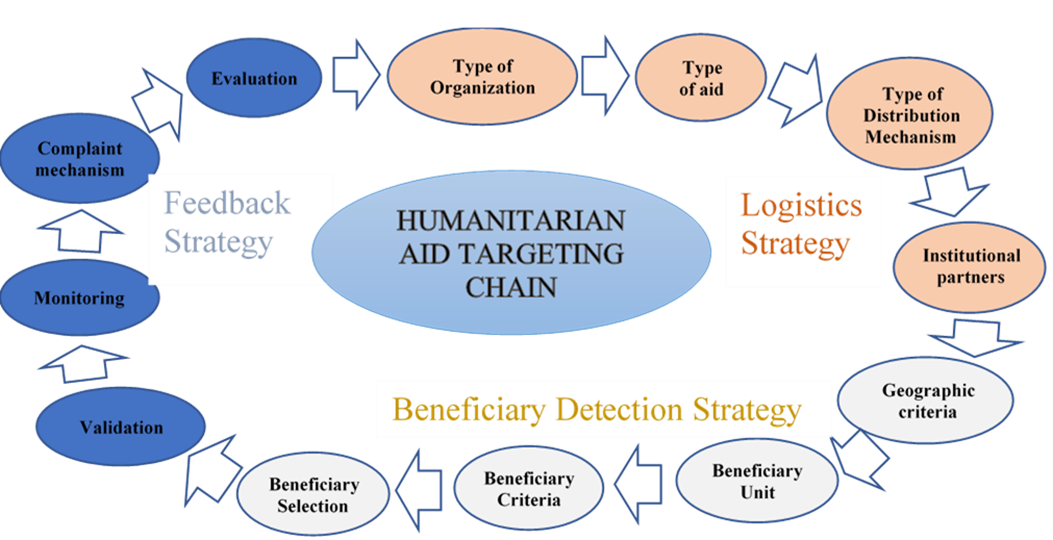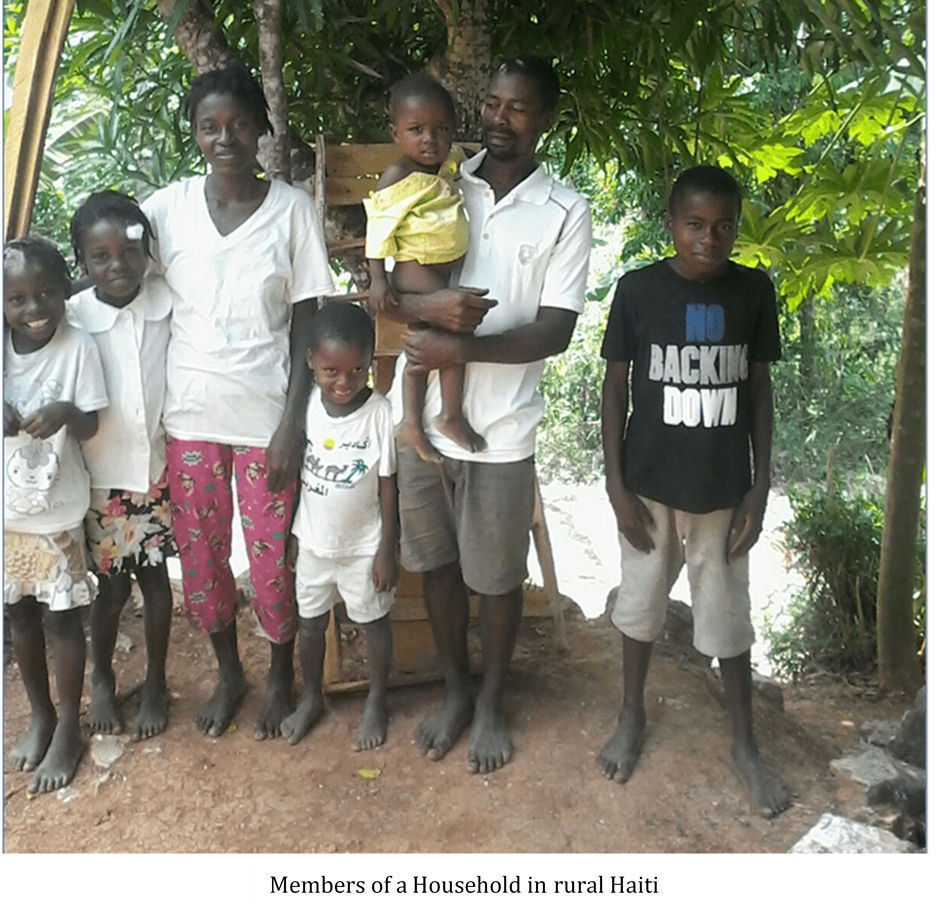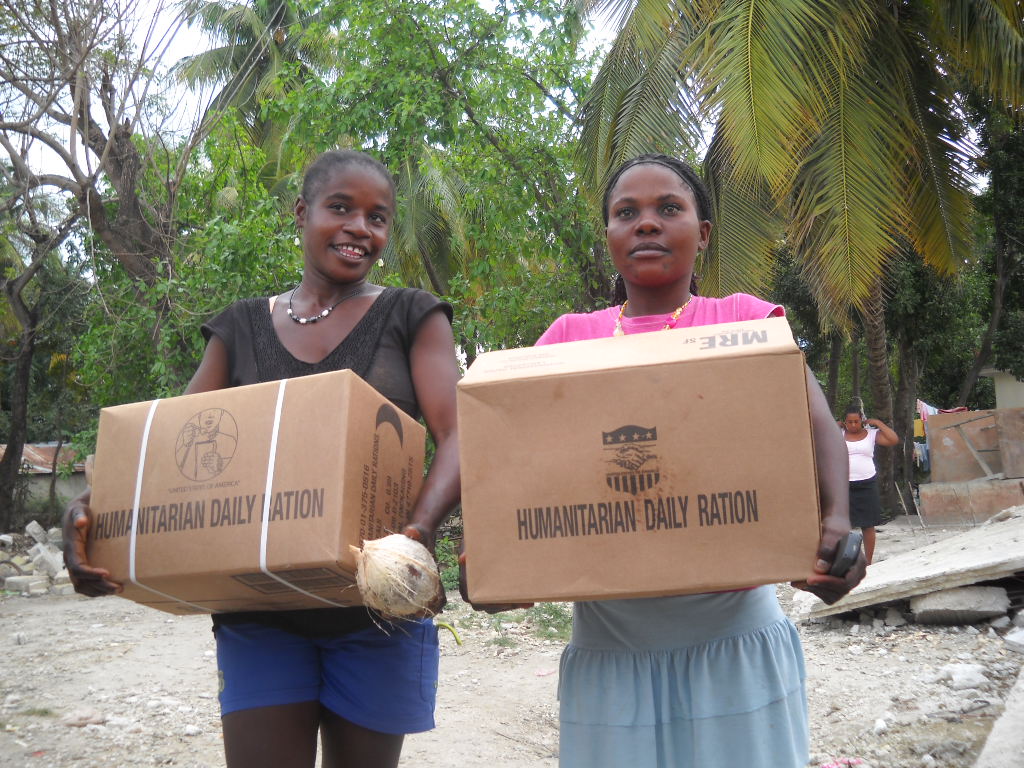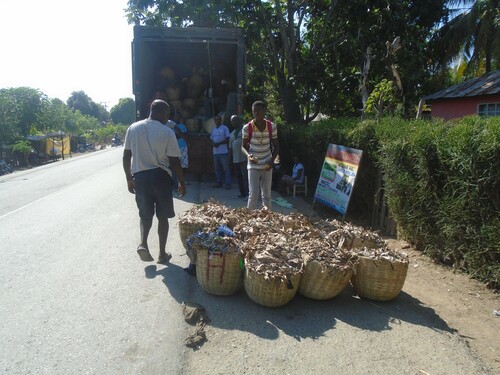Haiti Anthropology Brief: Eight Questions About a Welfare System in Haiti
This post deals with the impact of a welfare system in Haiti. USAID, the World Bank, and WFP have proposed a type of welfare system for Haiti’s most vulnerable (see KORE LAVI program). While there are definitively many vulnerable people in Haiti, the idea of an institutionalized safety-net brings up questions that should be addressed. Read More
Chicken & Egg (Poultry) Ethnographic Value Chain in Haiti
This paper focuses on egg production in Haiti with an emphasis on popular class rural household livelihood strategies. Data is drawn from a review of the literature and contact with farmers, entrepreneurs, merchants, cooperative leaders, and two surveys: a 382 household “Chicken Survey” and a follow-up telephone sub-survey of 91 of the original respondents. ConstraintsRead More
History of Haiti’s Fabricated Rape Epidemics
In this article I begin with the rape epidemic that supposedly shook Haiti following the 2010 earthquake and then trace back in time the role of international aid agencies, activists, foreign governments, Haitian politicians and Haitian opportunist aid entrepreneurs in creating what has become an industry of being “viktim.”
Haiti Anthropological Brief: Land Tenure in Haiti and Myth of Land Insecurity
The most cited explanations for the “failure” of Haitian peasants to invest in improving the land they live on– such as planting mango trees—are often the weakest explanations. And perhaps the most cited reason of all—and the most mistaken– is land insecurity, or what 30 years ago one of Haiti’s most consulted consultants, Gerald F.Read More
A Model for Humanitarian Aid Beneficiary Targeting
Targeting strategies are as old as humanitarian aid, but the formal study of targeting is recent, arguably only beginning in the past decade. To date, much of what is written is unclear. This paper is intended to present a synthesized model of humanitarian aid targeting that will clarify the many ambiguities and differences inRead More
Problems with Household as a Unit of Analysis in Haiti
This post deals with defining the concept of a “household” and a member of a household in Haiti. But before launching into an exploration of the problems with the household as a unit of analysis, some readers may be more interested in other topics regarding household studies in Haiti and can refer to these posts:Read More
History of Beneficiary Selection and Targeting in Haiti
Here I review the history of humanitarian aid beneficiary targeting in Haiti. I begin in the 1950s and 1960s with the Community councils, move through the 1970s and 1980s looking at gwoupman and the liberation theology movement. Very importantly I show how the revolutionary Liberation Theology movement of the 1970s to 1990s that were intendedRead More
FOOD AID Part II: Food Security and USAID, WFP and Destruction of Haitian Ag Economy
In 2008, two events occurred that suggested hope for Haiti’s agricultural sector, hope that the Machiavellian forces seen in FOOD AID PART I would be eliminated and in their place the United States, its allies, and the humanitarian aid agencies that had for four decades carried out politically charged food relief programs would effect newRead More
Belying Basket of Mango: TRAVESTY OF EXPORT VS. LOCAL MANGO PRICES Part II
If we consider the value of a panye (basket) in terms of a poor market woman selling mangoes in the local market, where 95% or more of all Haiti’s mangos get sold, there is clearly a price floor at which point it makes no sense to harvest and sell mangos. There is a point whereRead More
Cheaper by the Dozen Mango Travesty II
Puzzling regarding change in prices, size of dozens and reject rates is that HAP made claims in 2005 almost identical to those of Haiti Hope project claims in 2014 and 2015. Quoting directly from the HAP 2005 evaluation, Field interviews indicated that ten years ago producers were paid four gourdes for a dozen mangos, andRead More
